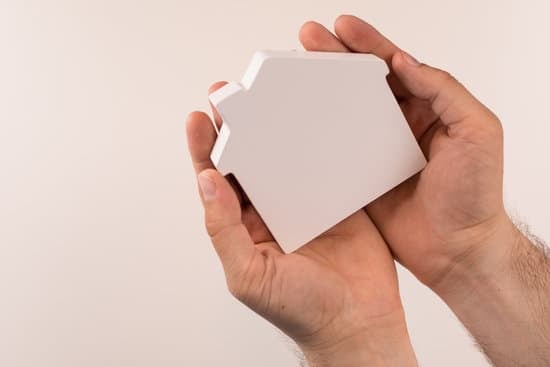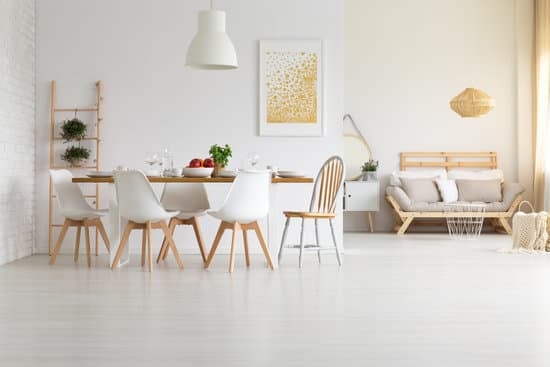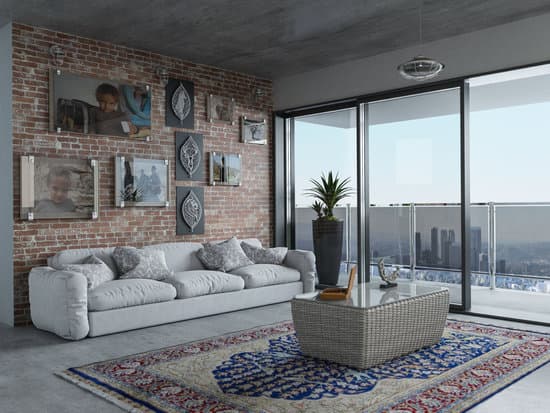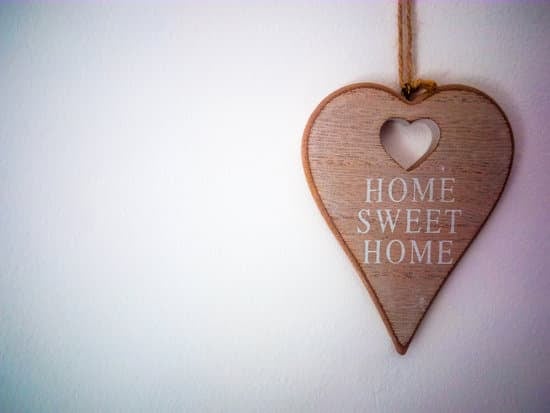The Importance of Proper Wine Storage
Wine connoisseurs would agree that proper storage of wine can enhance its flavors and overall quality. In fact, proper storage is crucial to the aging process of wine. When stored in a cool, dark and humid environment, wine can age gracefully, developing complex aromas and flavors that cannot be experienced with young wines. Poor storage conditions, on the other hand, can cause wine to oxidize, prematurely spoil, or lose aroma and flavor characteristics. To ensure proper storage of your wine collection, investing in a wine cellar is a wise choice. A wine cellar is a dedicated, climate-controlled space for storing wine bottles. In a wine cellar, temperature and humidity can be controlled to mimic the natural conditions that wine needs to age and mature.Why Size Matters for Wine Cellars
When designing or choosing a wine cellar for your home, size matters. A good-sized wine cellar should have enough space to store your wine collection comfortably, without compromising on energy efficiency. It is advisable to keep your wine cellar below 500 square feet for optimal energy efficiency. While a 500-square-foot wine cellar may seem small, it can store about 4,300 wine bottles. This storage capacity is sufficient for most wine collections, even for seasoned wine collectors. However, the storage capacity of your wine cellar will ultimately depend on the size and shape of wine bottles in your collection.Maximizing Wine Storage in a Small Space
If you have limited space for a wine cellar, there are ways to maximize storage without compromising on energy efficiency. One way is to use space-efficient wine racks that can store bottles both horizontally and vertically. This will not only increase storage capacity but also make it easier to organize and locate your wine bottles. Another way to maximize storage in a small space is to use a compact wine cellar unit that comes with built-in storage racks and cooling systems. These units are ideal for small homes or apartments that do not have a lot of space for a traditional wine cellar. They are also energy-efficient and require less maintenance than larger wine cellars.Energy Efficiency Considerations for Wine Cellars
Energy efficiency is one of the most critical factors to consider when designing or choosing a wine cellar. Wine needs specific temperature and humidity conditions for optimal storage, and this can consume a lot of energy. However, there are ways to optimize energy efficiency in your wine cellar:- Choose an energy-efficient cooling system that has a high Energy Efficiency Ratio (EER) rating. This will reduce overall energy consumption and lower electricity bills.
- Ensure proper insulation to prevent heat transfer and reduce the workload on your cooling system.
- Install LED lighting instead of incandescent bulbs to reduce heat output and energy consumption.
How Many Bottles Can You Store in 500 Square Feet?
As mentioned earlier, a 500-square-foot wine cellar can store about 4,300 wine bottles. However, the actual capacity of your wine cellar will ultimately depend on the size and shape of wine bottles in your collection. For example, standard Bordeaux bottles are taller and slimmer than Burgundy bottles, meaning that more Bordeaux bottles can fit onto a wine rack than Burgundy bottles. Moreover, if you have larger-sized wine bottles in your collection, such as magnums or jeroboams, you will need to allocate more space to accommodate them.Tips for Designing a Functional and Stylish Wine Cellar
When designing your wine cellar, you want to balance functionality with style. Here are some tips to help you achieve this:- Choose a theme that complements your home décor. For example, a rustic theme can work well in a traditional home, while a modern theme can add a touch of elegance to a contemporary home.
- Invest in quality wine racks that not only store your wine bottles but also add visual appeal to your wine cellar.
- Include a tasting area or countertop where you can uncork and sample your wine collection.
- Install a locking system to secure your wine collection and prevent unauthorized access.






















